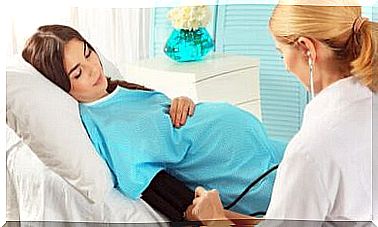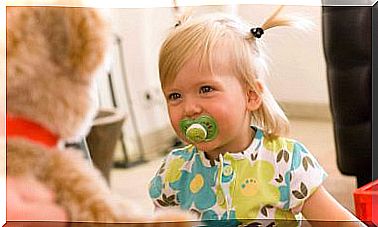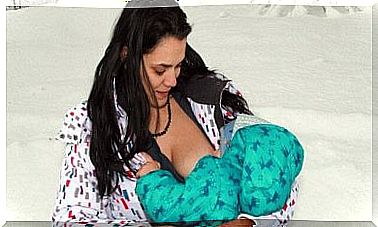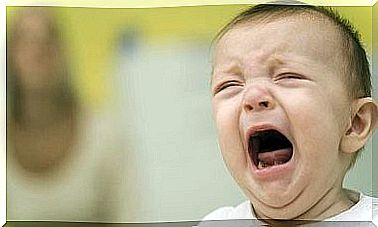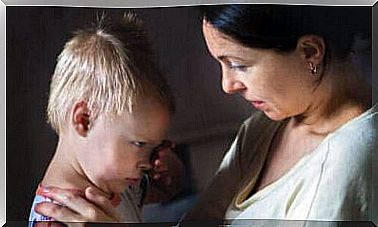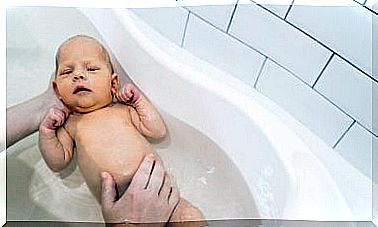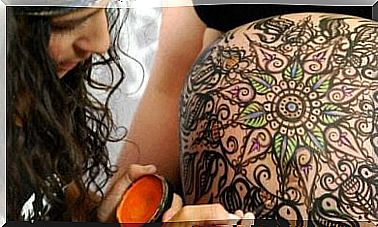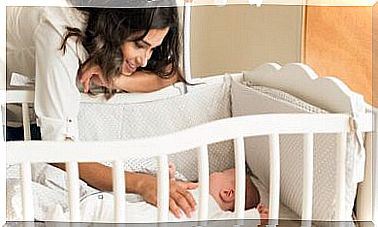How To Cure Cold Sores And Aphthae In Children
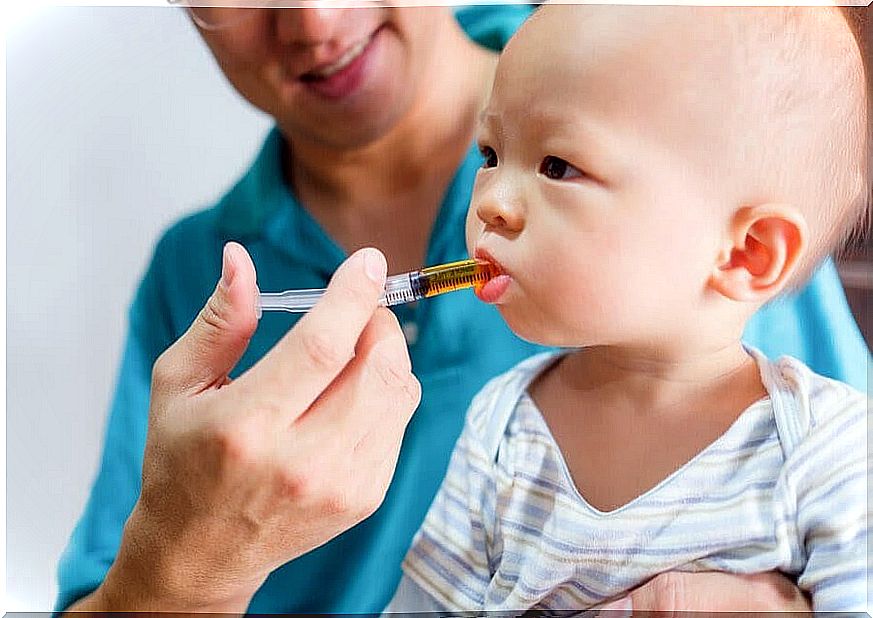
Aphthae, or cold sores, are small blisters or sores that occur in the mouth and generate a burning pain and great discomfort when eating. In children, these blisters can be a real problem. The worst thing about it is that some cold sores in children can be long lasting, so it is good to know a few tricks to cure them.
You do not need to be an expert to identify aphthae in your child’s mouth. These blisters are characterized as round blisters, white or yellowish in color and surrounded by a red surface. In addition, the characteristic pain will cause constant complaints from the child.
The discomfort intensifies when eating hot, salty, spicy or sour foods. It also gets stronger with certain fluids and when you brush your teeth.
In general, blisters caused by aphthae in children (which can also affect infants) can occur as single blisters, but there may also be several. They usually disappear after seven to ten days, but can remain longer if they are larger in size.
Causes of aphthae in children
It is not always possible to determine why aphthae and cold sores occur in children. But many times there may be a viral infection behind it. However, other cases may be due to reactions to certain foods, either due to indigestion or allergic reactions.
Stress and lack of vitamins and nutrients, such as iron, vitamin B12 or folic acid, can also be possible explanations for the origin of the wound. In addition, some oral problems such as a very aggressive toothbrushing or a dental procedure can be triggers. If the child has bitten the lip, it can trigger this response in the immune system.
In some of these cases, it is advisable to tackle the problem instead of waiting for it to go away on its own.
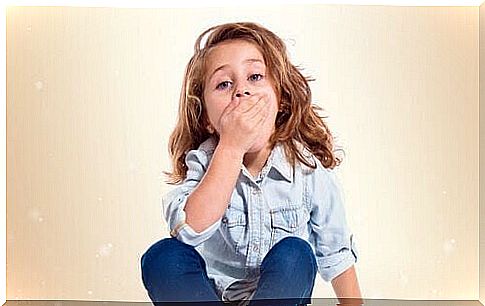
How to cure aphthae and cold sores in children?
The sores and blisters appear on the gums, on the inside of the lips or on the inside of the cheeks. For this reason, they come in contact with all the food that the child eats, and it can cause great pain.
It is very important to be well informed about how to cure aphthae in children. Here are some tips:
Paracetamol, like Alvedon, for afte pain
The safest solution for curing aphthae in children, especially when the outbreak is long-lasting or extensive, is to ask your doctor to prescribe certain medications. If the child suffers from too much intense discomfort, the doctor may recommend paracetamol to relieve the pain.
We will suggest more methods for treating aphthae below. It is worth noting that antibiotics and anti-inflammatory drugs usually do not work in these cases.
2. Antiseptic solution
Antiseptic solutions are applied with a small brush, or they come in the form of a spray. With a small dose of antiseptic solution administered about three or four times a day, the wounds will disappear faster.
3. Mouthwashes
There are mouthwash solutions that can be bought without a prescription at the pharmacy that are effective in some cases. Of course, the use of those that contain alcohol should be avoided as they can cause more irritation.
On the other hand, rinsing with water and salt is also effective. A traditional trick is to use sodium bicarbonate and water directly on the toothbrush, although it usually generates a lot of pain when done.
4. Stronger drugs
In some cases, a more specific medical treatment may be necessary to attack the cause of the wounds. In these cases, drugs such as mouthwashes with chlorhexidine or corticosteroids are usually prescribed.
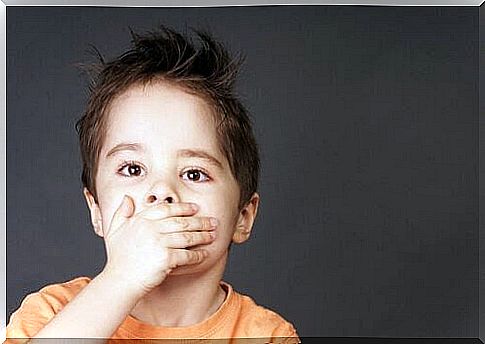
When should I worry?
As we said before, aphthae can occur in children as a symptom of a viral infection. For this reason, if the child has other warning signs, such as fever or swollen glands, a visit to a pediatrician is necessary to avoid further complications.
We must also make sure that the discomfort does not drag on for too long, or is too intense so that it affects the child’s daily life. If the child seems weak, or if the pain is very intense, you should take him or her to the doctor.
